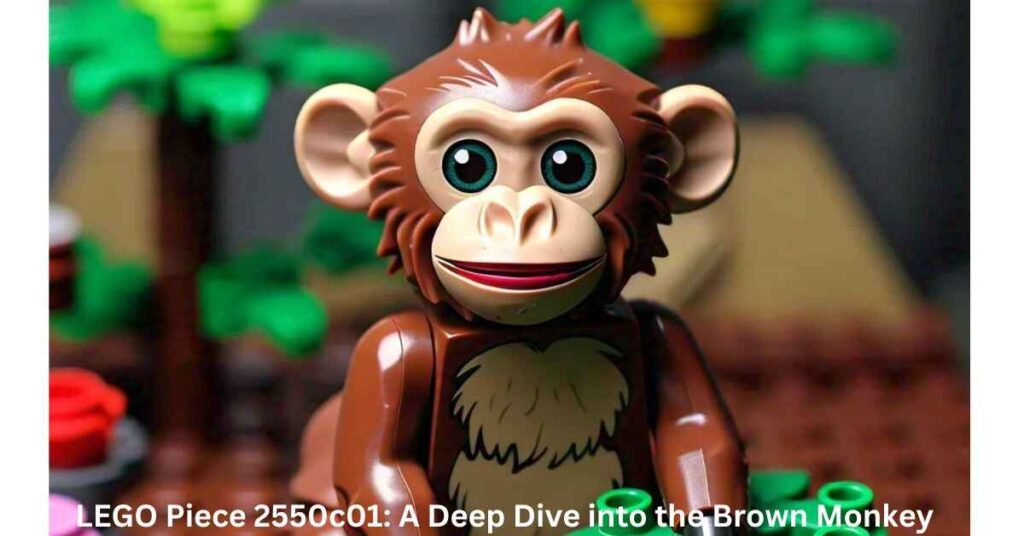In the vast universe of LEGO, where imagination knows no bounds, there exists a small but mighty piece that has captured the hearts of builders young and old alike. Enter LEGO Piece 2550c01, affectionately known as the “Brown Monkey.” This unassuming figure, with its simple design and charming expression, has become an icon in the world of plastic bricks.
Today, we embark on a journey to explore every nook and cranny of this beloved piece, from its humble beginnings to its enduring legacy in the LEGO community. LEGO Piece 2550c01: A Deep Dive into the Brown Monkey.
A Legacy of Creativity: The History of LEGO Piece 2550c01
The story of the Brown Monkey begins in the late 1980s, a time when LEGO was expanding its thematic horizons beyond the traditional town and space sets. As the company ventured into more diverse and adventurous themes, the need for new and exciting pieces grew. The Brown Monkey, officially cataloged as LEGO Piece 2550c01, made its debut in 1989, coinciding with the launch of the LEGO Pirates theme.
This simian addition to the LEGO family wasn’t just a random creation. It was a carefully consider piece designed to add life and character to the tropical settings of pirate islands and jungle expeditions. The Brown Monkey quickly became a staple in various sets, bringing a touch of whimsy and adventure to LEGO builds.
Over the years, the piece has undergone subtle changes, primarily in the molding process and the shade of brown used.
Notable LEGO sets featuring the 2550c01 Brown Monkey:
- 6278 Enchanted Island (1994)
- 6259 Broadside’s Brig (1991)
- 6270 Forbidden Island (1989)
- 5976 River Expedition (1999)
- 7411 Tygurah’s Roar (2003)
The cultural impact of the Brown Monkey extends beyond its presence in official sets. It has become a beloved character in its own right, often featured in LEGO fan creations, stop-motion animations, and even as a mascot for LEGO fan events.
Beyond Brown: A Spectrum of Simian Charm
While our focus is on the Brown Monkey, it’s worth noting that LEGO has produced this piece in a variety of colors over the years. Each variation brings its own unique charm to builds and collections.
| Color | Year Introduced | Notable Set |
|---|---|---|
| Brown | 1989 | 6270 Forbidden Island |
| Dark Gray | 1997 | 5913 Dr. Kilroy’s Car |
| Light Gray | 2003 | 7412 Yeti’s Hideout |
| White | 2011 | 7324 City Advent Calendar |
| Tan | 2013 | 10246 Detective’s Office |
The Brown Monkey stands out among other LEGO animal figures for its versatility and expressive design. Unlike more specialize animal pieces, the monkey’s simple form allows it to be incorporate into a wide range of scenes and stories. Its posed arms and slightly mischievous expression give it a personality that builders can easily work into their creations.
The Power of Simplicity: Why We Love LEGO Piece 2550c01
The enduring popularity of the Brown Monkey lies in its brilliant simplicity. Standing at just over 2 cm tall, this piece packs a lot of character into a small package. Let’s break down its design:
- Head: Slightly oversized with large, expressive eyes and a subtle smile
- Body: Compact and rounded, suggesting a playful, childlike form
- Arms: Posed in a way that allows for hanging from bars or “holding” other pieces
- Feet: Flat-bottomed for easy standing and attachment to studded surfaces
This design allows for a range of poses and interactions with other LEGO elements. The Brown Monkey can swing from trees, sit atop minifigure shoulders, or even form part of larger builds as decorative elements.
“The LEGO Brown Monkey is like a little piece of joy in brick form. It’s amazing how such a simple piece can bring so much life to a build.” – Sarah Chen, LEGO Master Builder
The emotional connection builders form with the Brown Monkey is perhaps its most powerful attribute. Its friendly face and pose seem to invite play and storytelling, making it a favorite among children and a nostalgic touchstone for adult fans. LEGO Piece 2550c01: A Deep Dive into the Brown Monkey.
Building with the Brown Monkey: Inspiring Ideas and Techniques
The true magic of LEGO Piece 2550c01 comes alive when it’s incorporate into builds. Here are some creative ways to use the Brown Monkey in your LEGO creations:
- Jungle Canopy: Create a dense forest scene with the monkeys swinging from branch to branch.
- Zoo Exhibit: Design a detailed primate habitat as part of a larger zoo build.
- Pirate’s Companion: Add a monkey to the shoulder of your pirate captain minifigure.
- Temple Guardian: Use multiple monkeys as decorative elements on an ancient temple facade.
- Circus Performers: Build a big top and have the monkeys as part of the animal act.
For those looking to incorporate the Brown Monkey into their builds, here’s a simple step-by-step guide to creating a jungle vine swing:
- Create a base with green plates to represent the jungle floor.
- Build two trees using brown bricks and green leaf pieces.
- Connect the trees at the top with a long technical axle or bar to represent a vine.
- Attach the Brown Monkey to the “vine” using its posed arms.
- Add additional foliage and perhaps a treasure chest on the ground for extra detail.
Advanced builders have found ingenious ways to use the Brown Monkey in unexpected contexts. Some have used them as gargoyles on medieval buildings, while others have incorporated them into steampunk-style machinery as decorative elements.
The Future of 2550c01: A Timeless Treasure
As of 2024, LEGO continues to produce the Brown Monkey, a testament to its enduring popularity. While the piece has remained largely unchanged, future variations or redesigns are always possible to keep up with evolving building techniques and themes.
In the digital realm, the Brown Monkey has found new life in LEGO video games and apps. Its distinctive silhouette is often use as an easter egg or collectible item, delighting fans who spot it in virtual LEGO worlds.
Preservation efforts for classic LEGO pieces like the Brown Monkey are ongoing within the AFOL (Adult Fan of LEGO) community. Organizations like the LEGO Preservation Project work to document and maintain the history of pieces like 2550c01, ensuring that future generations of builders can appreciate its legacy.
Conclusion: The Enduring Charm of LEGO Piece 2550c01
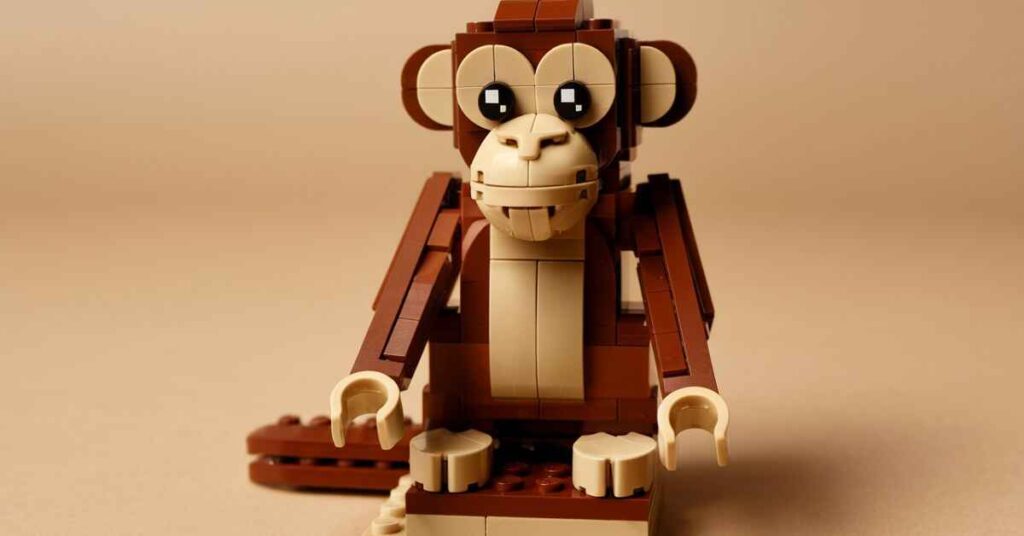
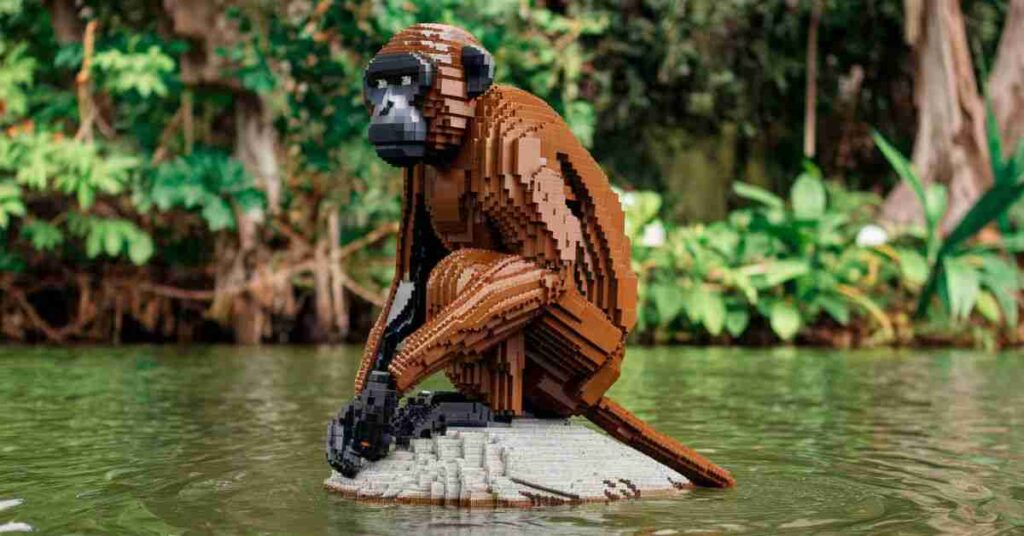
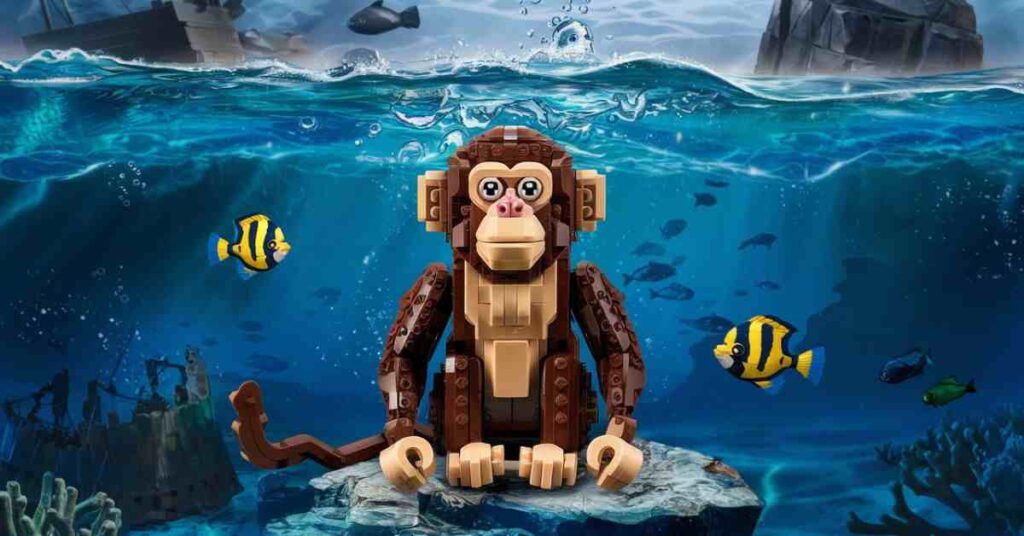
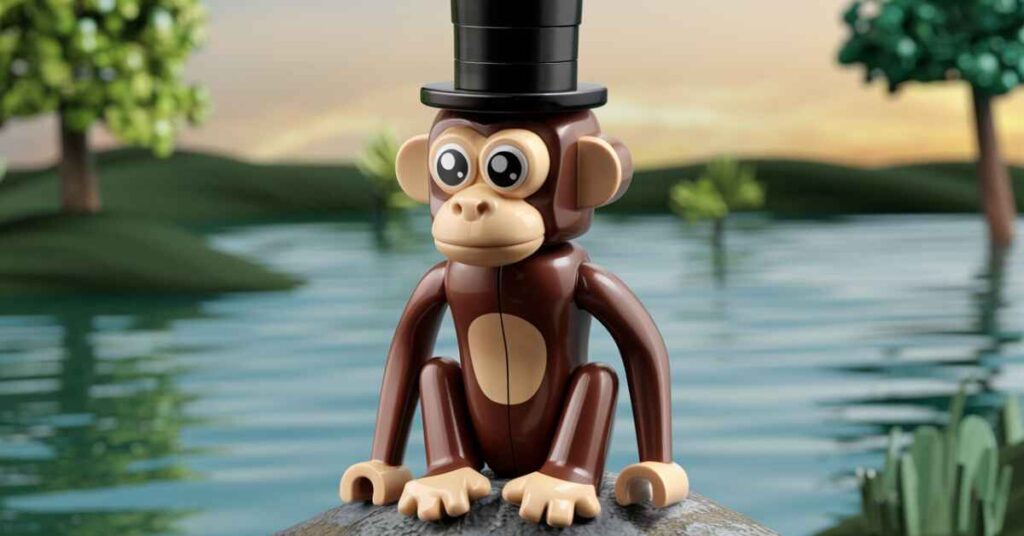
As we conclude our deep dive into LEGO Piece 2550c01, the Brown Monkey, it’s clear that this small piece of plastic has made an outsized impact on the world of LEGO. From its origins in the swashbuckling Pirate sets to its continued presence in modern builds, the Brown Monkey has swung its way into the hearts of LEGO fans worldwide.
Its simple yet expressive design, versatility in play, and the nostalgia it evokes all contribute to its status as a beloved LEGO element. Whether it’s bringing a touch of whimsy to a serious build or playing a starring role in a child’s imaginative story, the Brown Monkey continues to prove that sometimes, the simplest designs have the most lasting appeal.
FAQs
Q: How does the LEGO factory work?
LEGO factories are marvels of modern manufacturing, combining precision engineering with high-volume production. The process of creating a piece like the Brown Monkey involves several steps:
- Molding: Tiny plastic granules are heated and injected into molds under high pressure.
- Cooling: The pieces are quickly cooled to ensure they maintain their shape.
- Quality Control: Each piece is check for defects using advance imaging technology.
- Sorting and Packaging: Pieces are sorted and package according to the sets they’ll be included in.
For the Brown Monkey specifically, special attention is paid to the mold design to ensure that fine details like the facial features are consistently reproduce.
Q: How does LEGO design LEGO sets?
LEGO set design is a collaborative process involving designers, model builders, and marketing teams. Here’s a simplified overview:
- Concept Development: Ideas are brainstormed based on themes, market trends, and fan feedback.
- Sketching and Prototyping: Designers create initial sketches and build prototypes using existing pieces.
- Digital Modeling: Designs are refined using specialize 3D modeling software.
- Physical Prototyping: Models are built and test for stability and playability.
- Refinement: Designs are adjusted base on feedback from test builds and focus groups.
- Instructions Creation: Step-by-step building instructions are develope and tested.
Q: How do you describe LEGO pieces?
LEGO pieces are describe using a combination of official designations and common terminology:
- Element ID: A unique number assigned to each piece (e.g., 2550c01 for the Brown Monkey)
- Design ID: Identifies the shape of the piece, regardless of color
- Color ID: A number corresponding to the specific color of the piece
- Name: Common or official name of the piece (e.g., “Brown Monkey”)
- Category: Broad classification (e.g., “Animal”, “Brick”, “Plate”)
- Dimensions: Often described in terms of studs (e.g., 2×4 brick)
Q: How does LEGO missing pieces work?
LEGO offers a replacement service for missing or damaged pieces:
- Visit the LEGO Customer Service website
- Navigate to the “Bricks & Pieces” section
- Enter the set number or search for the specific piece (e.g., Brown Monkey)
- Select the piece and quantity needed
- Provide shipping information
Q: How to identify a LEGO piece?
Identifying LEGO pieces, including the Brown Monkey, can be done through several methods:
- Visual Identification: Compare the piece to online catalogs or printed LEGO guides
- Element ID: Look for a number molded onto the piece (not all pieces have this)
- Set Inventory: If you know which set the piece came from, check the set’s parts list
- Online Databases: Websites like Bricklink or Rebrickable offer comprehensive databases
- LEGO Customer Service: For difficult-to-identify pieces, LEGO’s customer service can often help
